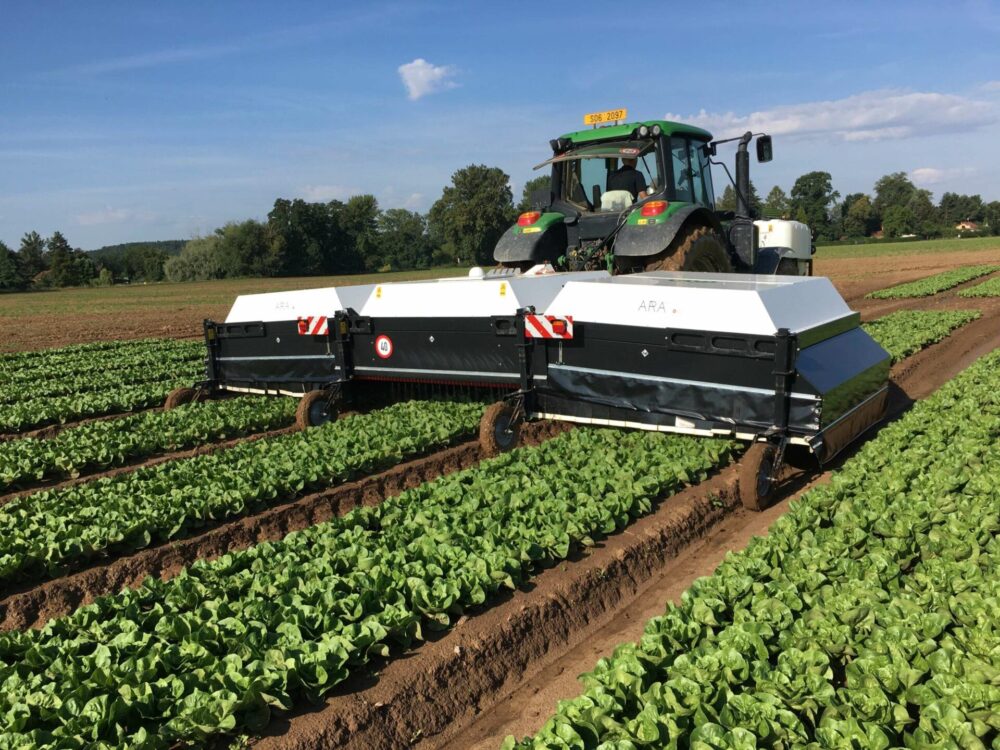- Ag robotics startup Ecorobotix has raised $52 million in Series B funding for its automated precision spraying robots for row crops and pastures.
- Aqton PE and Cibus Capital co-led the round with participation from Swisscanto Invest/Swisscanto Growth Fund I, Yara Growth Ventures, and Flexstone Partners.
- Existing investors include Swisscom Ventures, BASF Venture Capital, 4FOX Ventures, and Verve Ventures.
- Ecorobotix will use the funding to expand its business, with a special focus on bringing its ‘bots to the Americas.

Why it matters:
Growers are increasingly considering investing in farm robotics amid ongoing labor shortages in both the US and Europe. For example, a recent report from California’s Western Growers Association (WGA) found that 70% of specialty crop growers are now investing in farm robots amid rising costs and a dwindling supply of domestic workers.
Weed management is the number one use case for ag robots right now, according to the WGA report. Automation and robotics are also useful in crop protection applications, say growers, as they reduce the amount of chemicals needed on any given acre and thereby cut costs.
Ecorobotix offers both weeding and crop protection via ARA, its “high-precision sprayer” for targeted herbicide, fungicide and pesticide application. The company says ARA can spray up to 96 hectares (about 237 acres) in 24 hours; its AI-powered plant-recognition system has a precision range of 6×6 cm.
The platform also includes a cloud-based data analytics tool for crop management.
Currently, ARA works with 13 herbicides, fungicides and pesticides on corn, cotton, spinach, onion, rapeseed and several other crops. Ecorobotix says ARA can reduce input costs by 70–95% in addition to “increasing crop yields” and eco benefits such as preserving biodiversity.
The Series B funding, which brings Ecorobotix’ total funding to $80.4 million, will go towards expanding availability of ARA worldwide, starting with the Americas. Currently, ARA has customers in 15 European markets.



